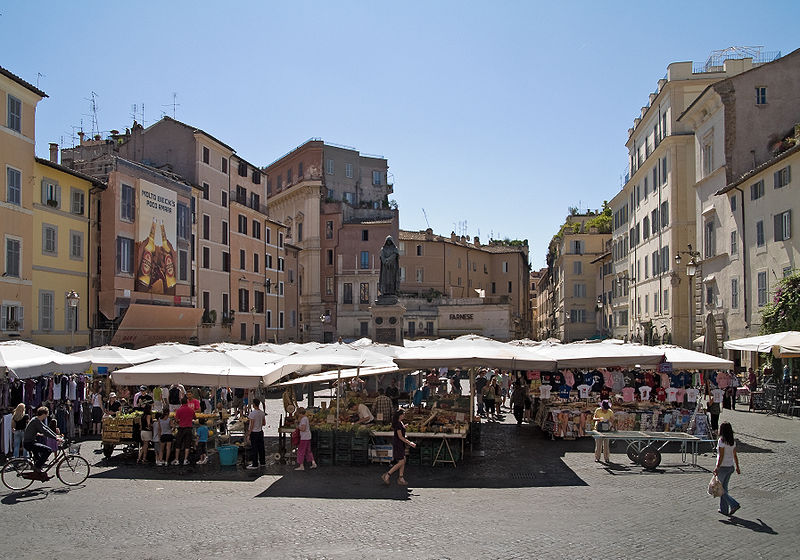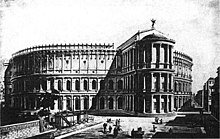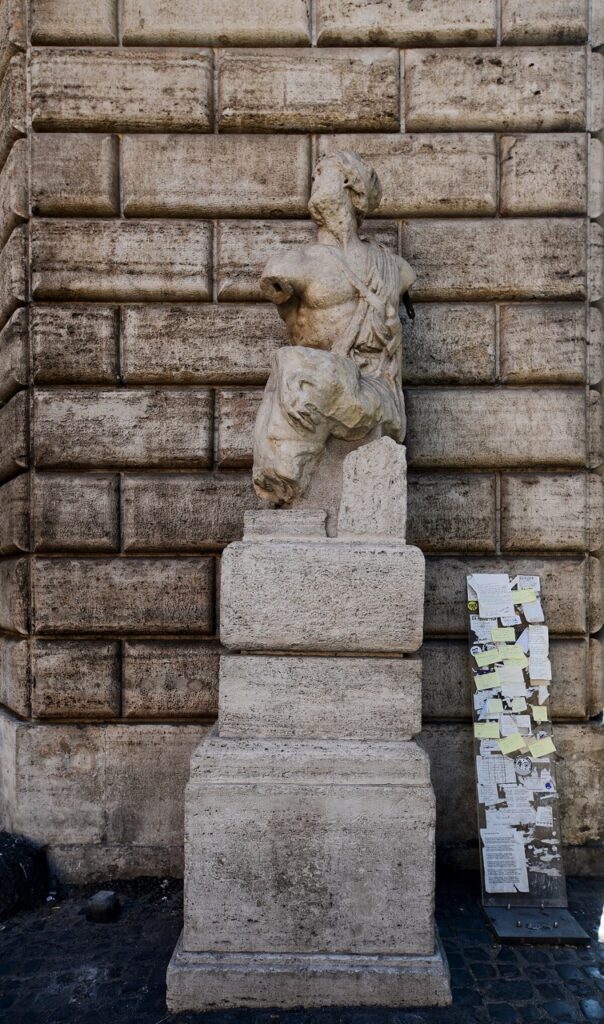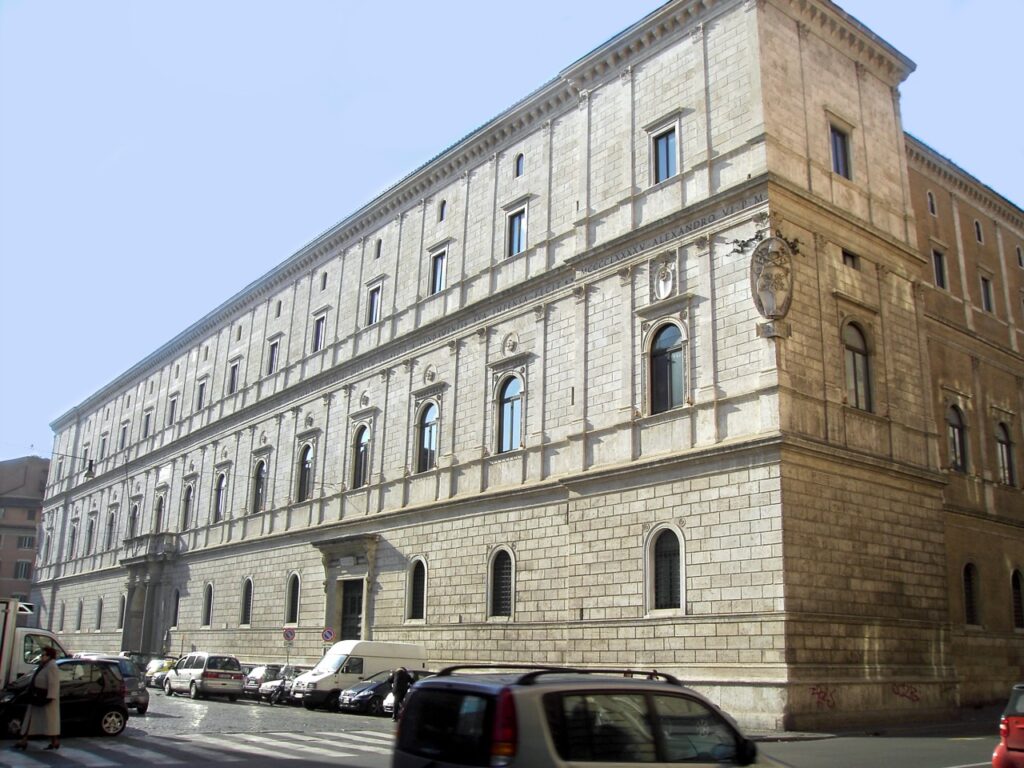Campo de’ Fiori

Campo de’ Fiori is one of the most lively and historic squares in Rome, located in the heart of the city. This square has a long and fascinating history dating back to the 15th century, and today is famous for its daytime market and nightlife. The name “Campo de’ Fiori” comes from the fact that, […]
Pompey Theater

The Theatre of Pompey, built in the heart of Rome, represents one of the most significant architectural works of ancient Rome. Completed in 55 BC at the behest of Gnaeus Pompeius Magnus, it was the first permanent stone theater in Rome, marking a groundbreaking change in Roman architecture and urban culture. The theater project was […]
Statue of Pasquino

The statue of Pasquino, located in the square of the same name near Piazza Navona, is the most famous among the “talking statues” of Rome. Dating back to the 3rd century BC, the statue originally adorned the Stadium of Domitian. It was rediscovered in 1501 during the renovation works of Palazzo Braschi and saved by […]
Stadium of Domitian

The Stadium of Domitian, located in the heart of Rome under the current Piazza Navona, represents a fascinating and significant piece of the ancient history of the city. Built by the emperor Domitian between 85 and 86 AD, the stadium was originally intended to host Greek athletic games, known as agones, which were very popular […]
Piazza Navona

Piazza Navona is undoubtedly one of the most famous and fascinating squares in Rome, a place where history, art, and daily life intertwine in a unique way. Located in the heart of the historic center, the square is a true open-air museum, a place that tells centuries of urban and artistic evolution of the eternal […]
Pamphilj Palace

Palazzo Pamphilj is one of the most fascinating architectural masterpieces in Rome, located in Piazza Navona, the pulsating heart of the eternal city. Built between 1644 and 1650, the palace represents an emblematic monument of Roman Baroque, commissioned by Giovanni Battista Pamphilj, who became Pope Innocent X. The initial project was entrusted to Girolamo Rainaldi, […]
Palazzo Massimo alle Colonne

The Palazzo Massimo alle Colonne is an extraordinary example of Renaissance architecture located on Corso Vittorio Emanuele II in Rome. Designed by the architect Baldassarre Peruzzi between 1532 and 1536, the palace stands on the remains of three adjacent buildings belonging to the noble Roman family of the Massimo, destroyed during the Sack of Rome […]
Chancellery Palace

The Cancelleria Palace, located in the heart of Rome between Corso Vittorio Emanuele II and Campo de’ Fiori, is one of the first and most important Renaissance buildings in the city. Built between 1489 and 1513 by the will of Cardinal Raffaele Riario, the palace is a masterpiece of Italian Renaissance architecture. Although the documents […]
Braschi Palace

Palazzo Braschi, located in the heart of Rome between Piazza Navona and Corso Vittorio Emanuele II, is a magnificent example of neoclassical architecture. Its construction began in 1792, commissioned by Pope Pius VI as a gift for his nephew Luigi Braschi Onesti. The project was entrusted to the architect Cosimo Morelli, whose work gave the […]
Palazzo Aragona Gonzaga

The Aragona Gonzaga Palace, also known as the Negroni Palace or Galitzin Palace, is a magnificent example of Renaissance architecture located in Rome, precisely at the intersection of via della Scrofa and piazza Nicosia. Built in the 16th century, this palace was the residence of important historical figures, including Cardinal Scipione Gonzaga, the poet Torquato […]

